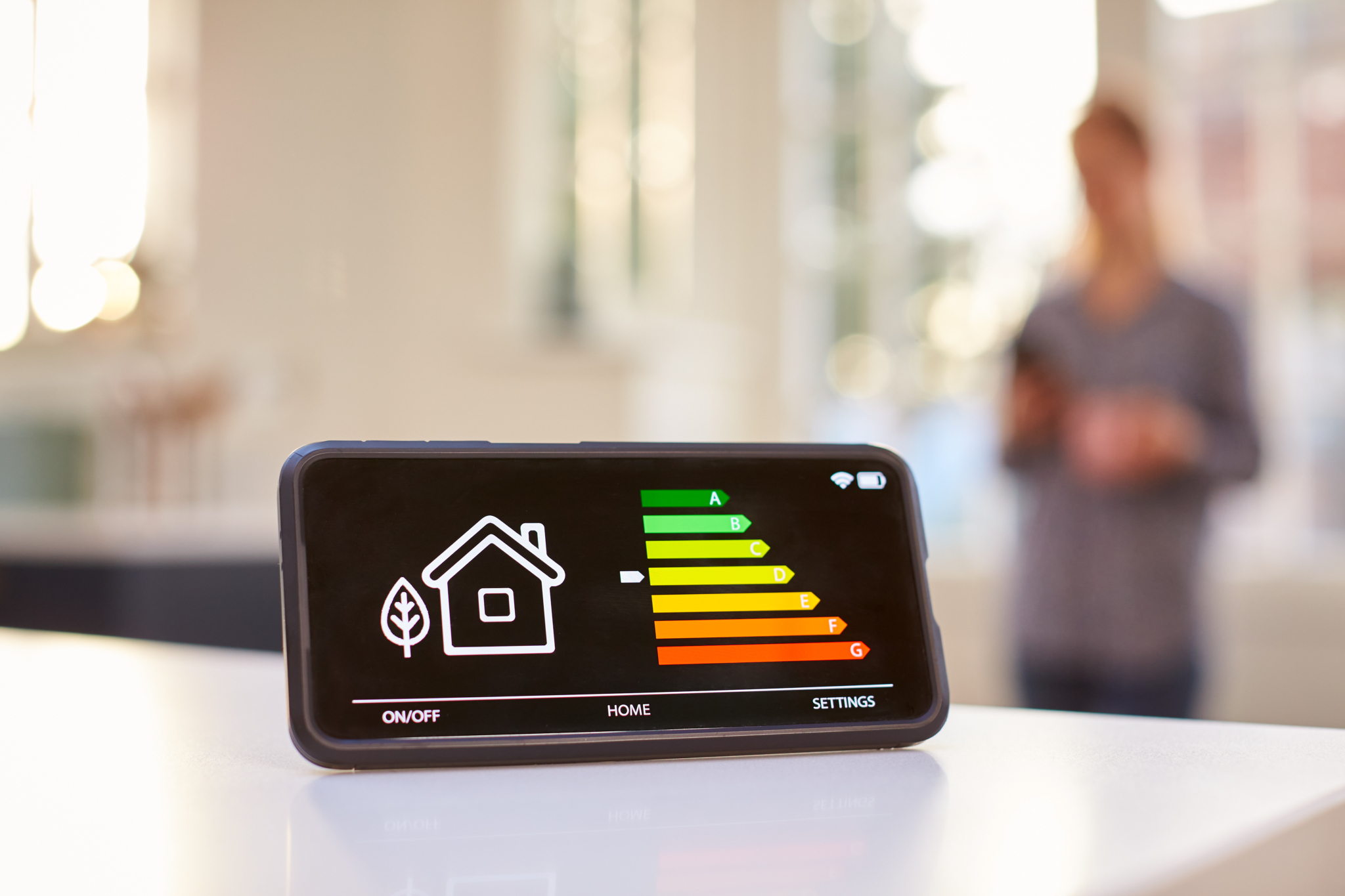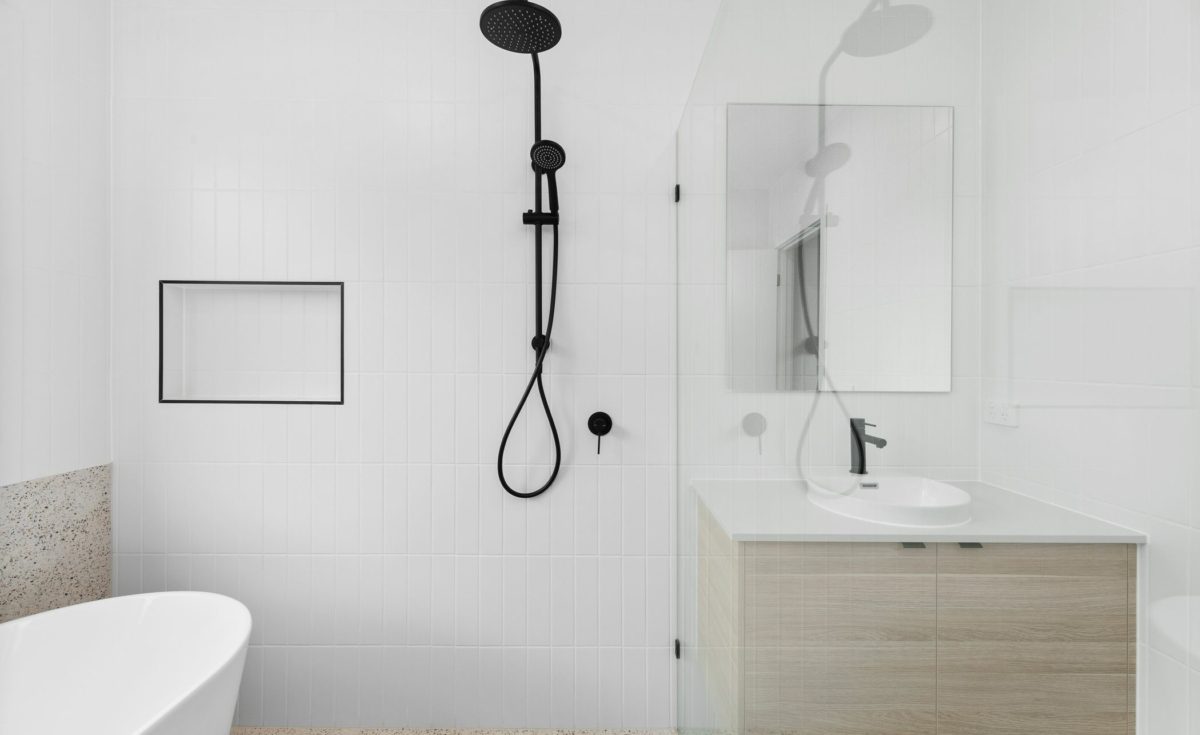From May 1 there are multiple changes to the National Construction Code (NCC). NCC 2022 will affect all new builds with increased costs due to additional requirements for the design and construction of homes which will affect new home builders. The NCC will be adopted with a transitional period for specific requirements. In Victoria, these are new livable housing requirements, new energy efficiency and condensation mitigation requirements and new lead-free plumbing product requirements which commence at staggered stages. NCC 2019 will apply to new builds until the end of the relevant transition period. The NCC is setting builds up to last long into the future, increasing the marketability and value of homes long term. Here are the changes that home builders need to know about and their commencement dates as the industry transitions from NCC 2019 to NCC 2022.

What Is The National Construction Code?
The National Construction Code sets out the requirements for the design and construction of buildings in Australia, including plumbing and drainage work. The NCC sets the minimum required level for the safety, health, amenity, accessibility and sustainability of buildings.
Designing Livable Housing for People with Reduced Mobility
Designing housing with mandatory accessible features is crucial to meet the needs of people with reduced mobility and the wider community. The NCC wants to ensure that everyone can access and enjoy their homes comfortably and safely. Accessibility features also increase the value and marketability of a property, making it appealing to a wider range of potential buyers.
Key Accessible Features
The new key accessible features that need to be incorporated into the design of accessible housing include:
- Step-free access to the home.
- Wider passageways and doors.
- Greater clearances around toilets and doors.
- Extra space in the bathroom and toilet.
- Wall reinforcing in the bathroom and toilet to make it easier to install grab rails if needed in the future.
Step-Free Access
Providing step-free access to the home is important for people who use wheelchairs, walkers, or crutches. The threshold should be level with the ground to ensure easy access to the home. A ramp can also be installed if necessary, to provide a smooth transition from the outside to the inside of the home.
Wider Passageways and Doors
Wider passageways and doors are necessary to allow easy movement for people. Hallways may be wider, and doors will be wider to accommodate wheelchairs and walkers. The doors should also be designed to swing outwards rather than inwards to allow for greater clearances.
Bathroom and Toilet Features
Extra space in the bathroom and toilet is essential for people with reduced mobility. The bathroom and toilet should be designed to accommodate a wheelchair or walker. The clearances around the toilet and door should be greater, to allow for easy movement. Wall reinforcing in the bathroom and toilet should be included to make it easier to install grab rails if needed in the future.
New livable housing requirements commence on 1 October 2023 in Victoria. Until these adoption dates, NCC 2019 Amendment 1 will remain in force.

Improving Home Energy Efficiency in Victoria
Victoria is taking significant steps towards improving residential energy efficiency by implementing measures that will make homes cheaper to run, more comfortable to live in and more resilient to extreme weather. These measures include:
Increasing the Energy Rating
The state government is increasing the energy rating from 6 to 7 stars by implementing design considerations such as orientation, sun access, shading, high-performance windows, appropriate insulation and the use of efficient appliances. These measures will help reduce energy consumption and greenhouse gas emissions, resulting in cost savings for homeowners and a cleaner, greener environment for everyone.
Preventing Heat Loss
Another measure being implemented is the introduction of thermal bridging and the use of more insulation to prevent heat loss. This will help keep homes warmer in winter and cooler in summer, providing greater comfort for residents while reducing the need for heating and cooling.
Removing Barriers to Installing Efficient Electric Hot Water Systems
The state government is removing barriers to installing efficient electric hot water systems in Victoria. This will help households gain further benefits from investing in solar panels and support those who choose all-electric new homes. The use of efficient electric hot water systems will also contribute to energy consumption and greenhouse gas emissions reduction.
New energy efficiency and condensation mitigation requirements commence on 1 October 2023. Until these adoption dates, NCC 2019 Amendment 1 remains in force.

Enhancing Building Durability With Waterproofing
When constructing a building, it’s crucial to consider how to protect it from water damage. One of the primary ways to achieve this is by implementing internal and external waterproofing measures. Waterproofing measures present key changes to the NCC.
Internal Waterproofing
Building elements in wet areas such as bathrooms, showers, and laundries are prone to water damage. Without adequate protection, water can seep through the walls and floors, leading to mould growth, structural damage, and health hazards. Therefore, a waterproofing system must be installed to keep these areas waterproof or at least water-resistant. The system should be comprised of waterproof membranes, coatings, sealants, and adhesives that form a barrier against water penetration.
- The membranes can be made of PVC, TPO, EPDM, or bitumen, and should be installed over the substrate and under the finishing material.
- The coatings can be applied to walls, floors, and ceilings to provide an extra layer of protection. They come in different types such as cementitious, acrylic, polyurethane, and epoxy coatings.
- The sealants and adhesives should be used to seal gaps, joints, and penetrations in the waterproofing system.
- They prevent water from seeping through the edges and corners of the building elements.

External Waterproofing
External waterproofing is also essential in protecting a building from water damage. It involves the installation of a waterproofing system outside the building envelope, such as the foundation, walls, and roof. The system should prevent water from penetrating the building and causing damage to the internal structure.
New waterproofing requirements commence on May 1, 2023.
Addressing Fire Safety Concerns through New Requirements for External Walls and Cladding Systems
Fire safety is an essential aspect of building design and construction. In recent years, concerns have been raised regarding the fire safety of external walls and cladding systems. As a result, new requirements have been introduced to address these concerns and ensure the safety of occupants in buildings in NCC 2022.
Amendments to Fire Safety of External Walls
The new requirements include amendments to the fire safety of external walls to clarify the interpretation of non-combustible building elements. These amendments aim to ensure that external walls have a level of fire resistance that can prevent the spread of fire.
New Provision for Bonded Laminated Cladding Panels
In addition to the amendments, a new requirement has been introduced that prevents the fixing of certain bonded laminated cladding panels. This provision aims to prevent the use of cladding systems that are not fire-resistant.
New fire safety requirements commence on May 1, 2023.

Important Changes to Plumbing Products
The use of plumbing products containing copper alloy that come in contact with drinking water will now be required to be lead-free. This change is being implemented to ensure the safety and health of the general public.
What are Copper Alloys?
Copper alloys are materials that are made by combining copper with other elements. These materials are commonly used in plumbing products such as pipes, faucets, and valves because of their durability, strength, and resistance to corrosion.
Why the Need for Lead-Free Plumbing Products?
Lead is a toxic substance that can cause serious health problems when ingested. Plumbing products that contain lead can be a source of lead exposure, especially when the water is left standing in the pipes for long periods.
New lead-free plumbing product requirements commence on 1 September 2025. Until these adoption dates, NCC 2019 Amendment 1 remains in force.

How Will These Changes Affect My Build?
Provisions have also been added to NCC 2022 that affect masonry, slabs, glazing, steel framing, and window fixing and flashings on buildings. For builders these changes affect the level of detail they must work to when building. For new home builders, larger doors and wet areas as well as extra materials such as plywood in walls will add some cost to a build. There will also be higher costs associated with achieving a higher fire rating and energy efficiency rating on homes.
As a new home builder, keep in mind that changes are being made to improve the quality of trades, the quality of new builds, building sustainability and improving living standards for an aging population. The NCC wants to ensure that building stock is sustainable and retains valuable long-term. After an initial investment in high building costs, you’ll reap the rewards of energy efficiency with lower household running costs.
To learn more about new home builds, call Enso Homes today on 03 5240 9300 or message us online.






